A surge of homeowners are embracing the confident drama of a black house exterior, transforming everything from minimalist cubes to century-old farmhouses. Design forecasters point to the shade’s knack for sharpening architectural lines, pairing effortlessly with mixed materials, and boosting curb appeal—often through classic paints such as Tricorn Black or Benjamin Moore Black 2132-10. At the same time, experts caution that undertones, finish sheen, and sunlight exposure can greatly change how a black reads outside, so test patches and maintenance planning remain essential.
1. Sleek Modern Minimalism with a Fully Black Exterior

A jet-black façade turns a simple modern box into sculptural street art, letting crisp edges steal the show. Design analysts note that solid black on siding, trim, and soffits erases visual “noise,” emphasizing proportion and rhythm while camouflaging gutters and vents. Pairing the deep hue with low-profile LED uplighting delivers gallery-like shadow play after dusk, and true neutrals such as Tricorn Black ensure the tone stays bold in every light. Keep landscaping pared back—gravel bands, evergreen hedges, and a single sculptural tree—so the architecture remains the hero. Plan for gentle annual washes to whisk away dust that dulls the finish.
2. Warm Wood Accents Soften a Black House Exterior

Unlike stark glass-and-steel pairings, black siding framed by honey cedar or ipe cladding evokes Scandinavian coziness. Natural wood breaks up large dark walls, adding depth and a sense of invitation while masking inevitable pollen or splash marks near grade. Seal wood in a clear UV-guard oil so its warmth won’t drift orange beside inky paint. Where budget allows, run boards vertically beside horizontal lap siding for textural contrast, a move trend watchers say tops 2025 exterior wish lists. Finish the palette with bronze downspouts and black-framed glazing to complete the earthy-modern harmony.
3. Reimagining the Black Barn-Style Exterior
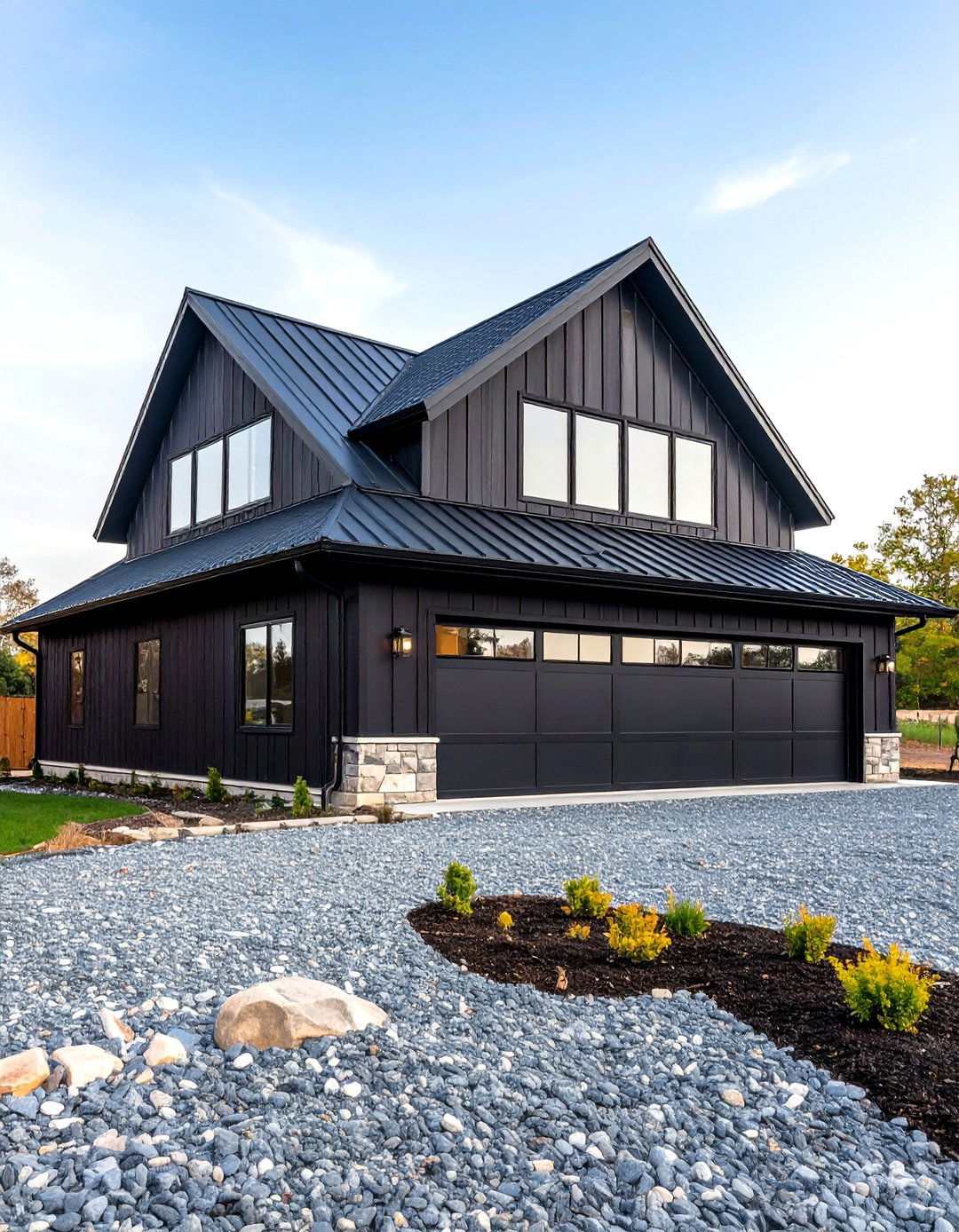
The clean silhouette of a gable-roofed barn becomes strikingly contemporary in matte black, especially when punctuated by oversized windows and a sliding steel door. Designers recommend crisp charcoal metal roofing to reinforce rural roots while resisting moss growth. Inside, leave rafters exposed and stain them one shade lighter than the cladding for cohesive flow through clerestory glass. Per building pros, a black barn works equally well for guest suites or studios, as the hue recedes into tree-lined horizons, minimizing bulk. Add gravel courtyards and native grasses so maintenance stays low and the barn feels grounded in its setting.
4. The Modern Black Farmhouse Exterior
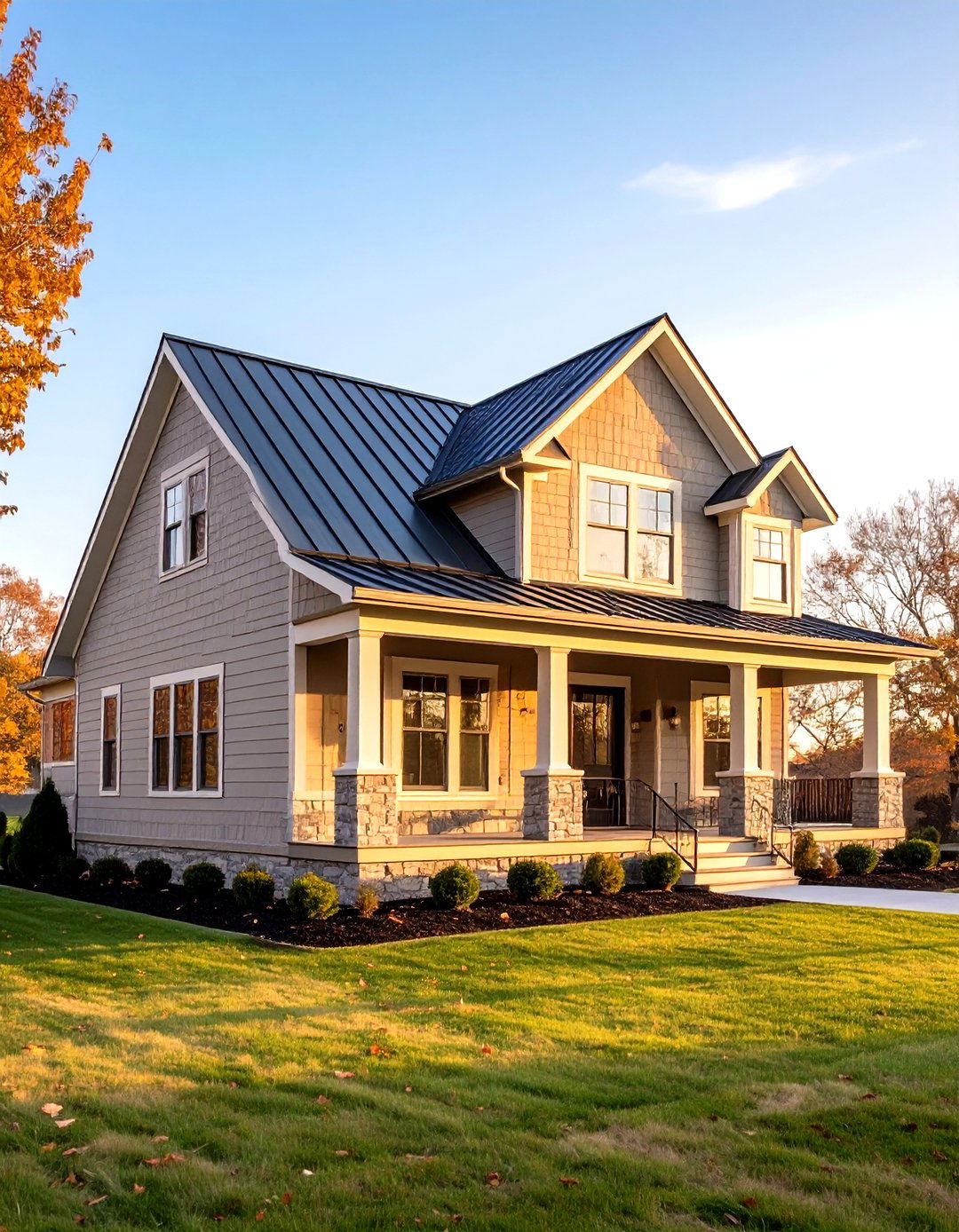
Consider the once-white farmhouse reborn in an onyx wrap punctuated by creamy fascia boards. Design experts say black emphasizes traditional elements—lap siding, divided-light windows, and high porches—while masking patchwork repairs that would stand out on light façades. Opt for a satin sheen to homage heritage matte limewash, then highlight window trim with deep olive or charcoal for subtle dimension. A galvanized-steel roof in muted graphite keeps weathered authenticity, and barn-light sconces offer period charm. Complete the look with gravel drives and white hydrangeas that glow against the dark backdrop.
5. Matte Black Paint for Unrivaled Curb Appeal
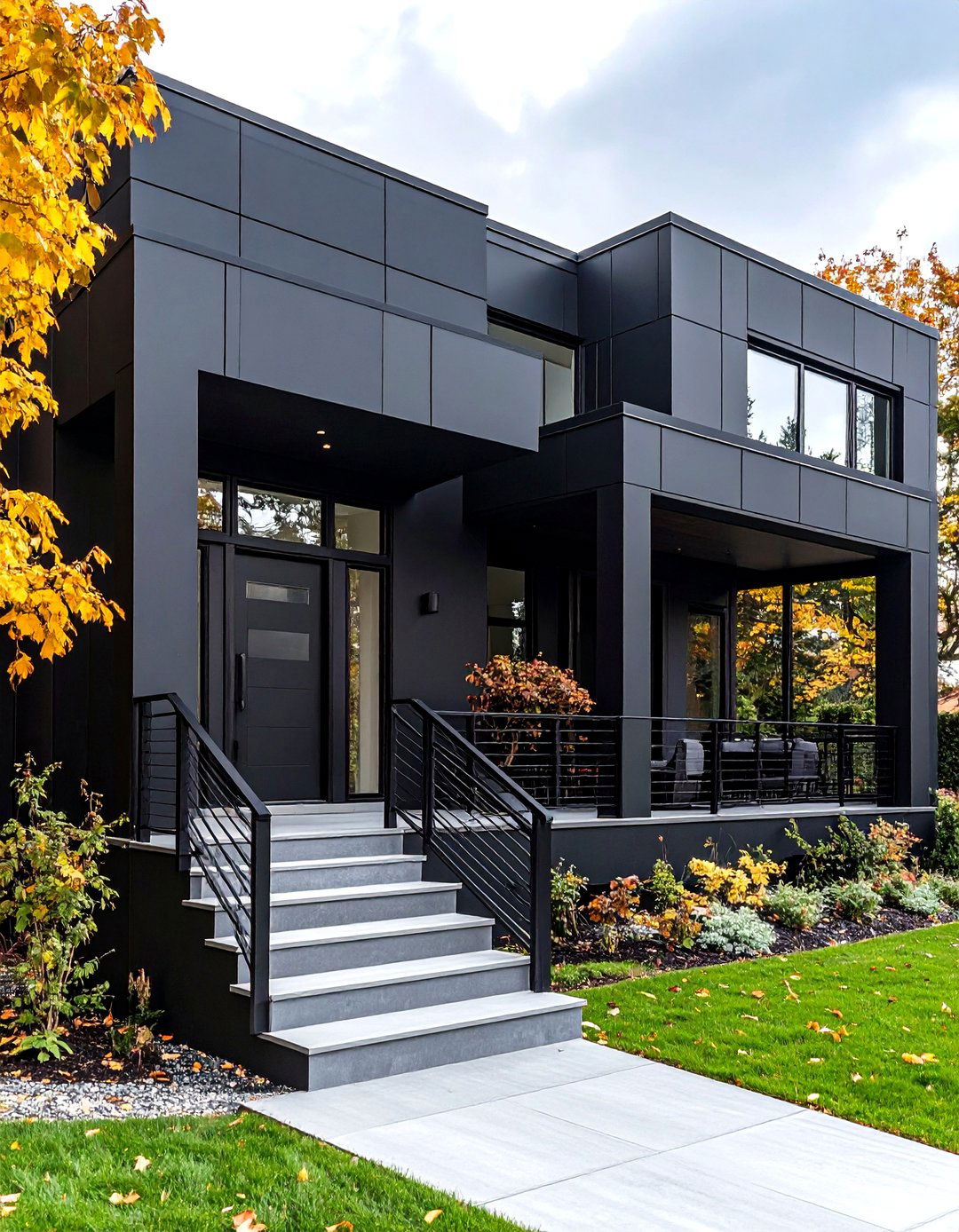
For homeowners seeking instant drama, a super-low-gloss black exterior delivers velvet richness that invites touch. Color marketers rank flat finishes among top resale boosters because they read sophisticated on listings and social media alike. Yet pros caution matte surfaces can chalk sooner; plan for gentle cleansing and touch-ups every five years to sustain depth. In humid zones, choose moisture-curing acrylic-urethane blends to resist streaking. Complement the finish with minimalist hardware—think rift-sawn white-oak handles or slim black steel railings—to keep reflections to a minimum.
6. Charcoal Black on Heat-Reflective Metal Siding
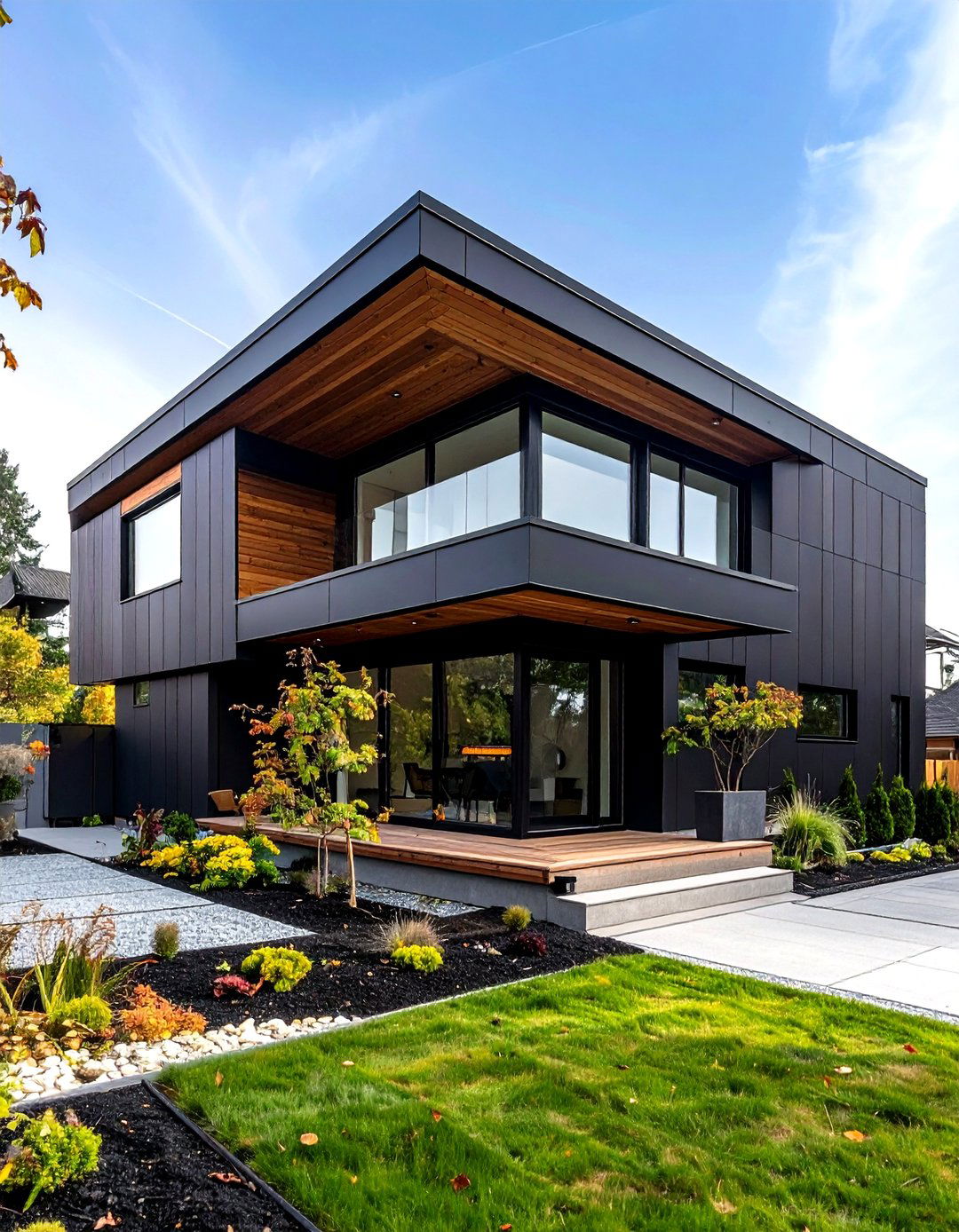
Owing to high solar reflectivity, factory-finished steel or aluminum panels in charcoal black can run cooler than dark fiber-cement or vinyl, making them a smart pick for sun-drenched lots. Standing-seam vertical panels reinforce tall proportions and shed water fast, perfect for rain-heavy climates. Choose concealed fasteners and back-ventilated battens to avoid oil-canning. Because metal is recyclable, the choice aligns with green-build goals, and most coatings guarantee color stability for 30 years. For softness, flank entries with timber sunshades and potted grasses that sway against the rigid plane.
7. Soft Black with Brick Contrast
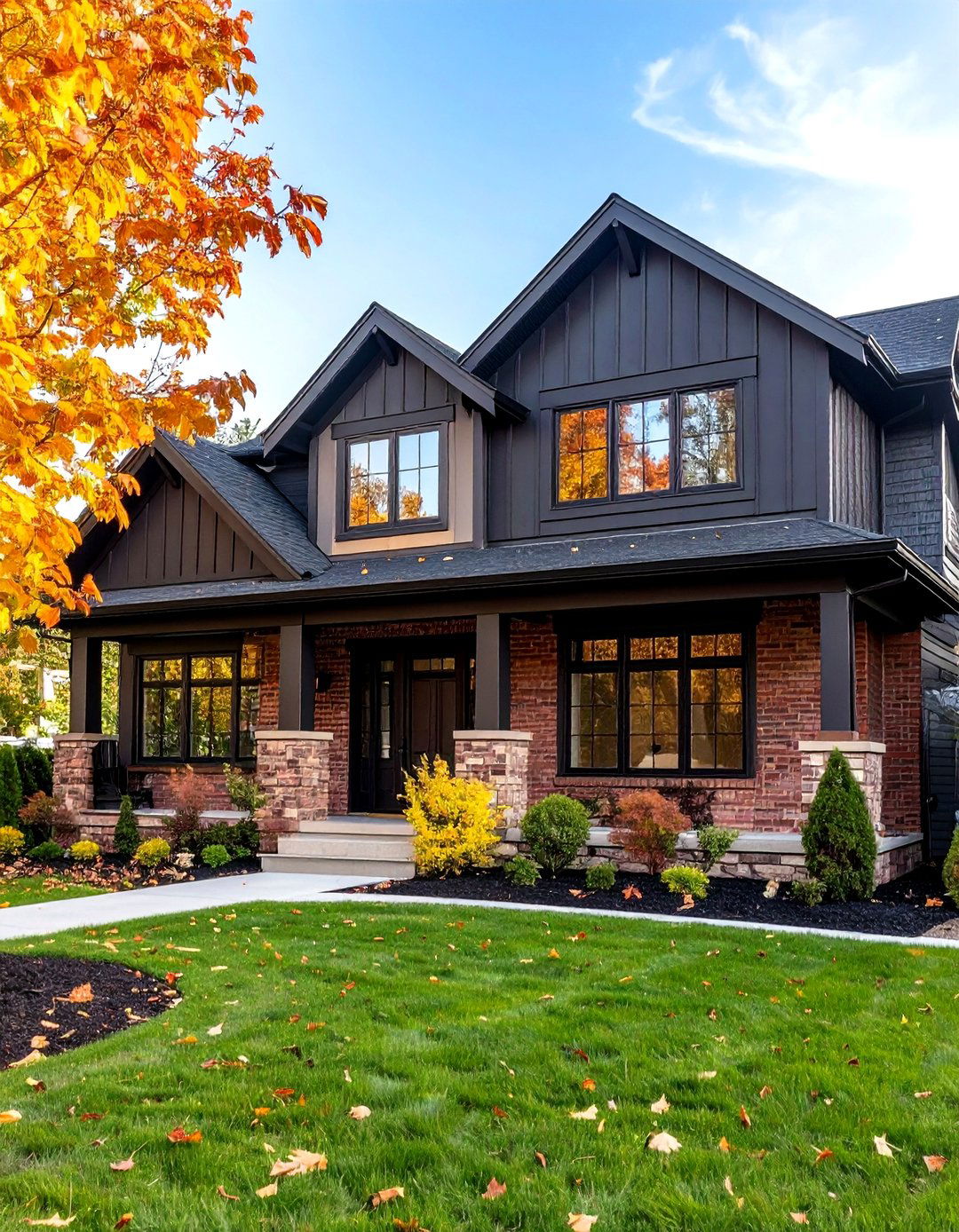
A rich black trimmed by warm red or whitewashed brick strikes timeless balance, letting the masonry’s texture pop. Design guides highlight two tone approaches—painting upper stories black while leaving brick natural below—to modernize split-level homes on budget. Deeper mortar rakes amplify shadow lines, and black-framed windows link both materials visually. Protect unpainted brick with breathable silane sealers to prevent efflorescence, and paint brick only if substrate is stable and never sealed before.
8. Black Exteriors that Highlight Architectural Details
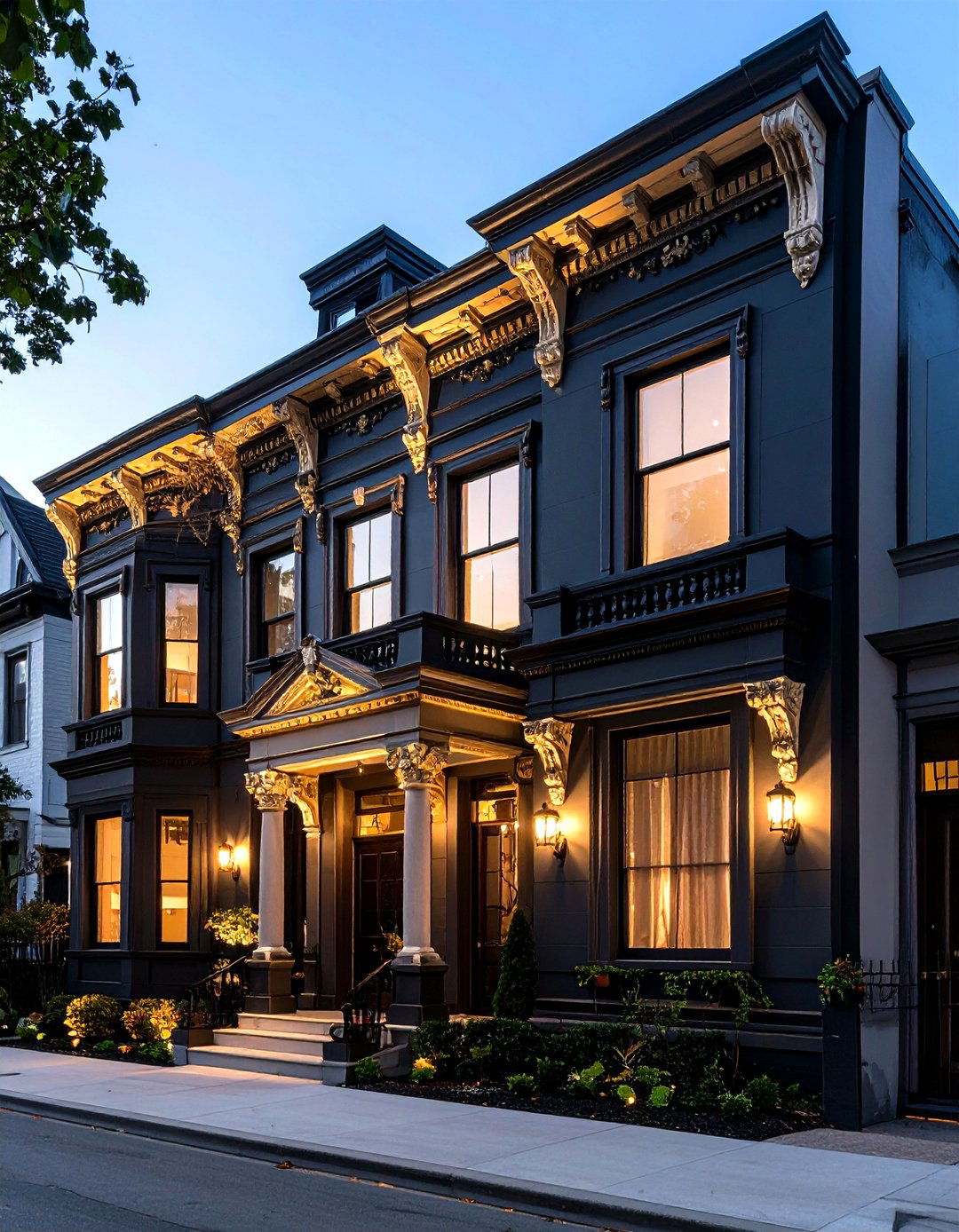
Surprisingly, dark paint can reveal ornate cornices and corbels by creating crisp shadows that light façades obscure. Restoration experts recommend a neutral black so undertones don’t muddy intricate shapes. Spot-prime patches with high-build filler, then spray thin coats to maintain crisp edges. Reserve satin or semi-gloss on decorative brackets for subtle contrast without breaking monochrome rhythm. Finish with warm recessed lighting to skim across reliefs after dusk.
9. Urban Townhouses in Deep Black
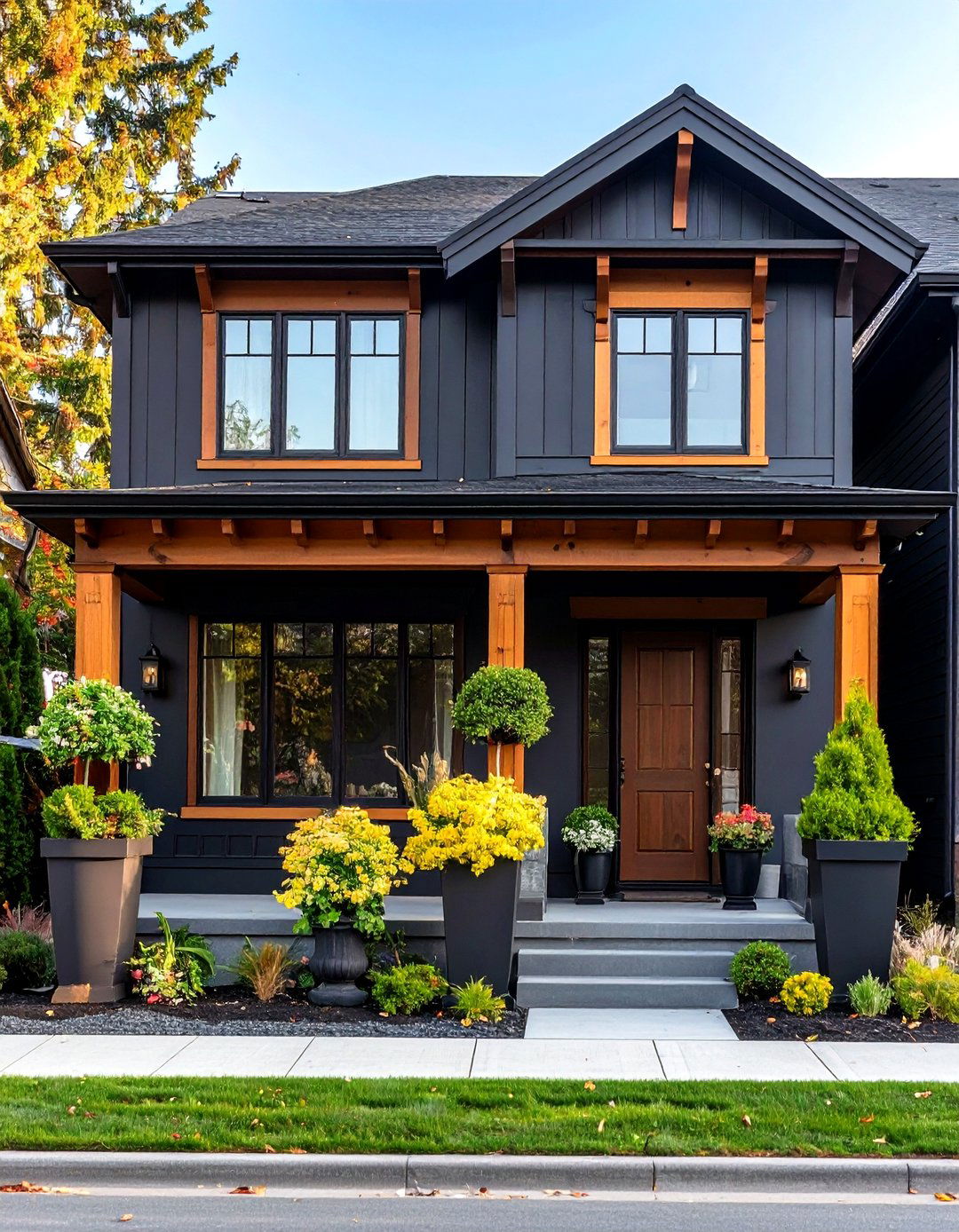
City row houses often share narrow façades; painting one black instantly turns it into a focal point, accentuating verticality. Municipal review boards typically approve dark neutrals when original masonry remains intact, so consider black on wood lintels, doors, and cornices rather than brick itself. A slim black awning shelters parcels and adds understated polish. Landscapers suggest columnar evergreens in cubes reflecting the façade’s geometry for compact sidewalk plantings.
10. High-Contrast Black Exterior with White Trim
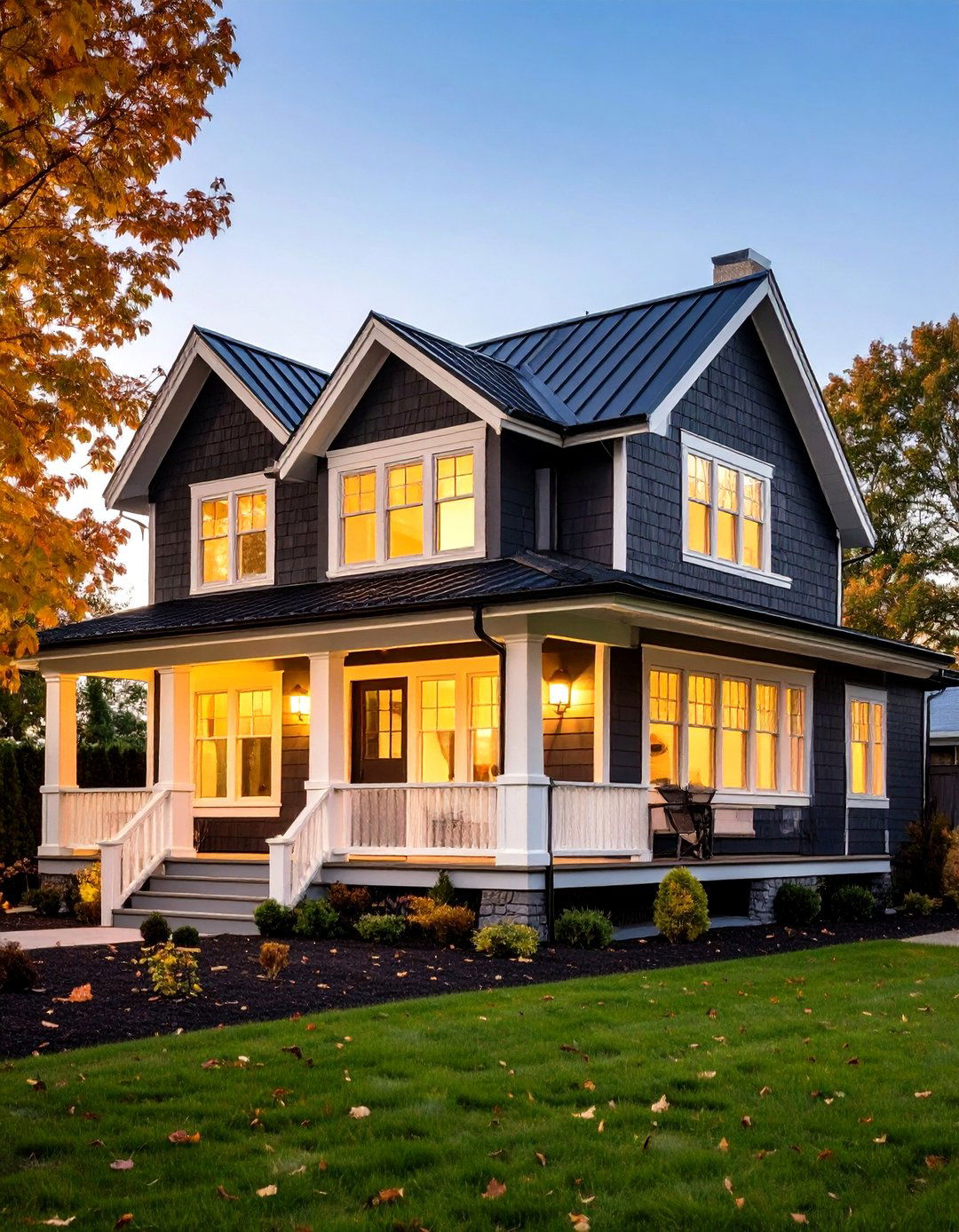
A, white casings and railings against black lap siding evoke classic New England cottages while feeling fresh and bold. Paint chemists observe that optical contrast sharpens sight lines, making small cottages appear larger. Use a bright, neutral white that resists yellowing; semi-gloss on trim adds durable wipe-clean ease. Anchor the palette with a black metal roof and soft-gray pavers so the transition from façade to ground feels cohesive.
11. Black Exteriors in Woodland or Mountain Settings

For forest cabins, designers lean toward cooler blacks with blue-green undertones that harmonize with pine canopies and misty terrain. Dark cladding visually recedes, letting nature dominate and helping glass walls disappear at night. Add reclaimed timber soffits, bronze fixtures, and crushed-stone paths to blend rustic and refined. Solar gain is mitigated under tree cover, yet low-e windows remain crucial to keep summer interiors comfortable.
12. Black Façades Embraced by Lush Greenery
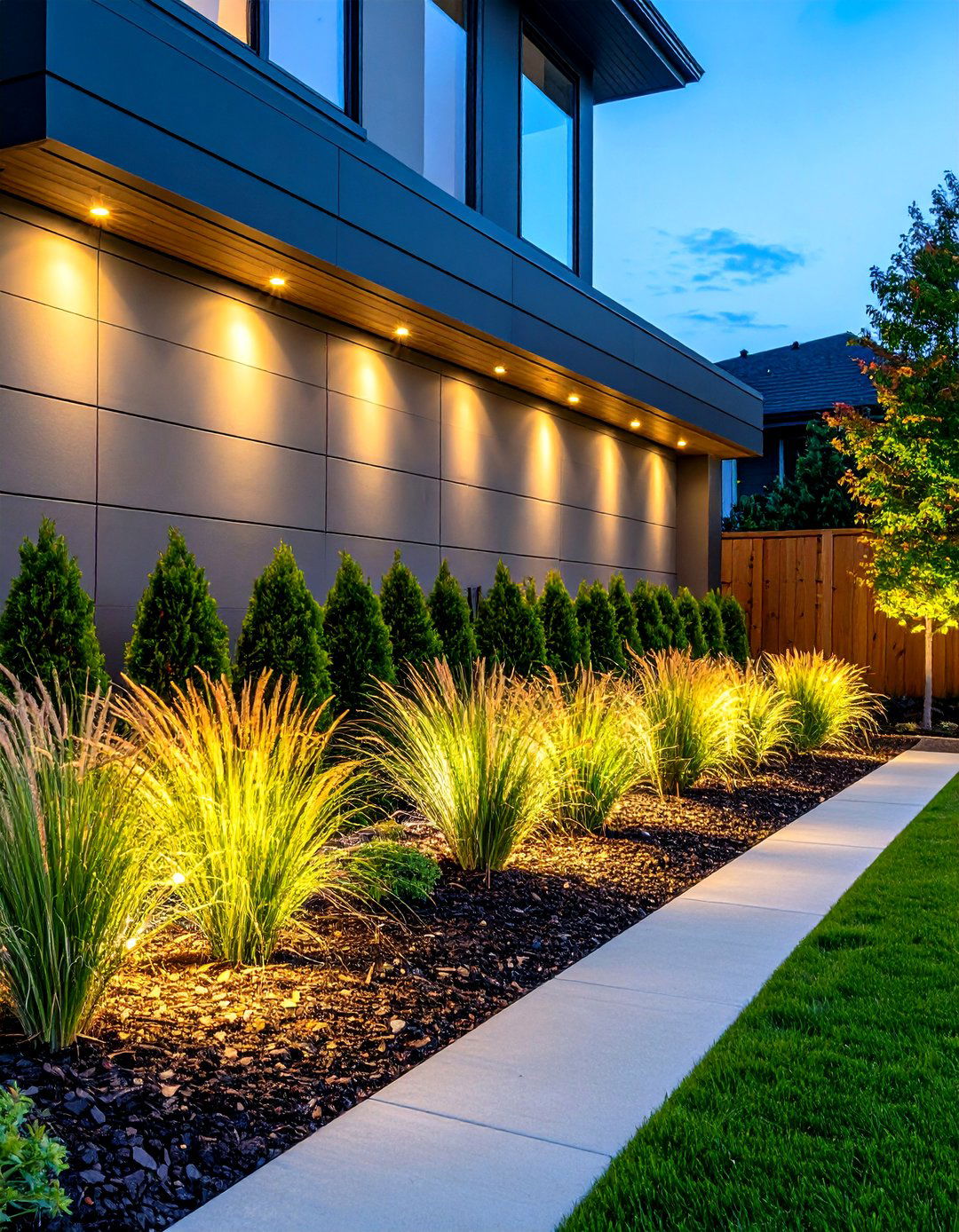
Surprisingly, a jet-black wall makes foliage read more vibrant, giving gardens a botanical-garden punch even in winter. Landscape architects note that glossy evergreens and chartreuse grasses contrast beautifully, and nighttime uplights bounce off the dark plane for dramatic shadows. Drip-irrigation behind shrub beds protects paint from hose splash, while deep edging keeps mulch off siding.
13. Mastering Undertones in Black Exterior Paints

Experts warn that blacks carry subtle crimson, green, or violet notes that reveal themselves outdoors. Always sample at least three shades on all orientations and view them morning, noon, and twilight to avoid unexpected purples or browns. True neutrals—like the aforementioned Tricorn Black—work almost anywhere; warm blacks suit brick colonials, and cool blacks flatter cedar and steel. When in doubt, dark charcoal often feels softer yet still reads “black” from the street.
14. Maintenance Realities of a Black House Exterior

Although modern pigments resist UV better than before, deep paint will fade a touch faster than mid-tones, so plan for a refresh every seven years in hot, sunny zones. Pros note that repainting is simpler than stripping flaking whites because fade usually occurs evenly. Wash annually with a garden-hose soap attachment and soft brush—no pressure washers, which can scar the finish. Inspect caulk lines each spring; expansion and contraction show sooner on dark colors.
15. Statement Black Front Doors and Trim Strategies
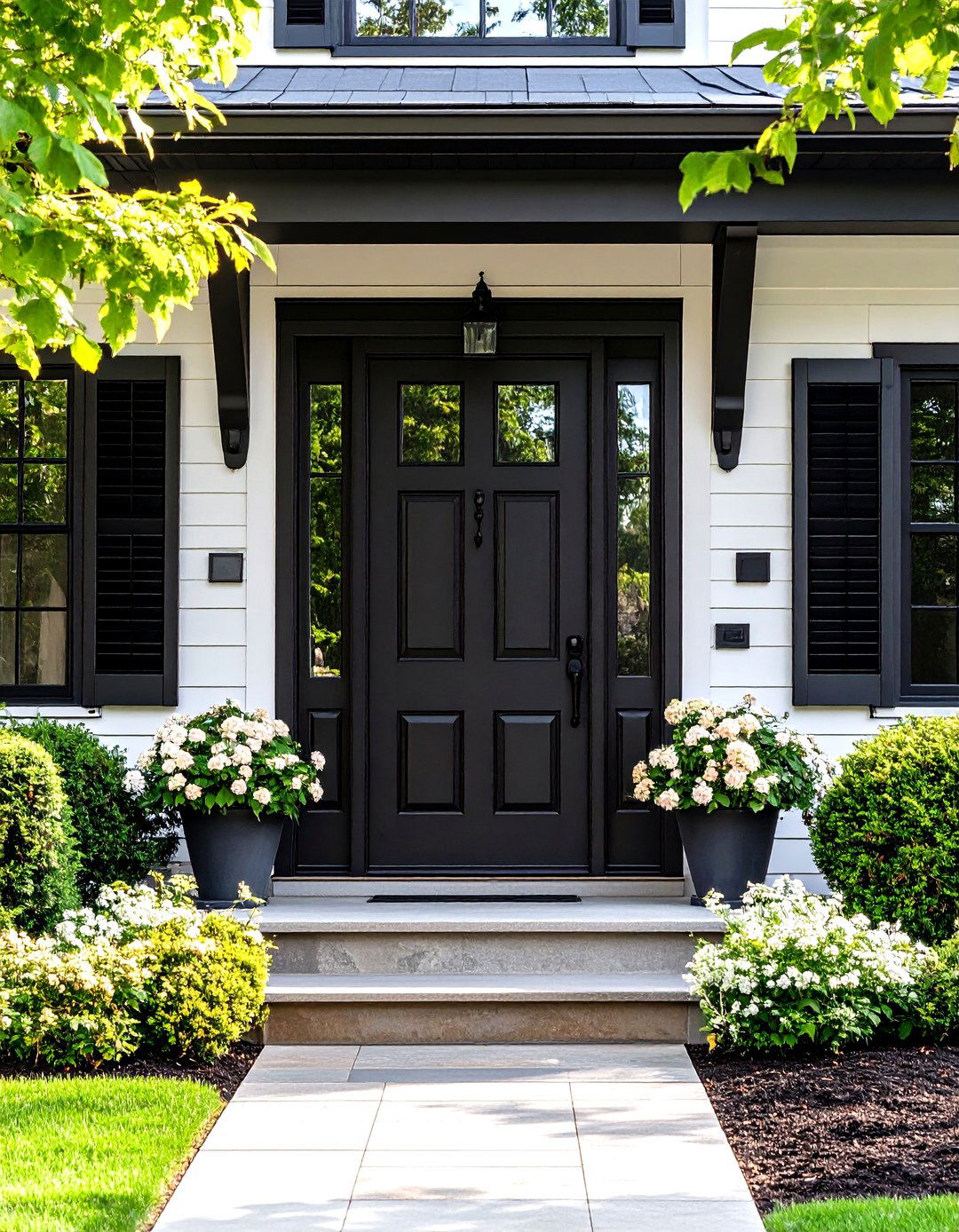
For homeowners not ready for an all-black shell, painting only the door, shutters, and fascia offers a gateway into the trend. Real-estate data reveals that bold front doors can lift perceived value, and black ranks among top buyer favorites. Choose a satin enamel for durability and richness, and mirror the door color inside on an entry console or stair risers for continuity.
16. Mixing Textures: Black with Stone or Metal Elements
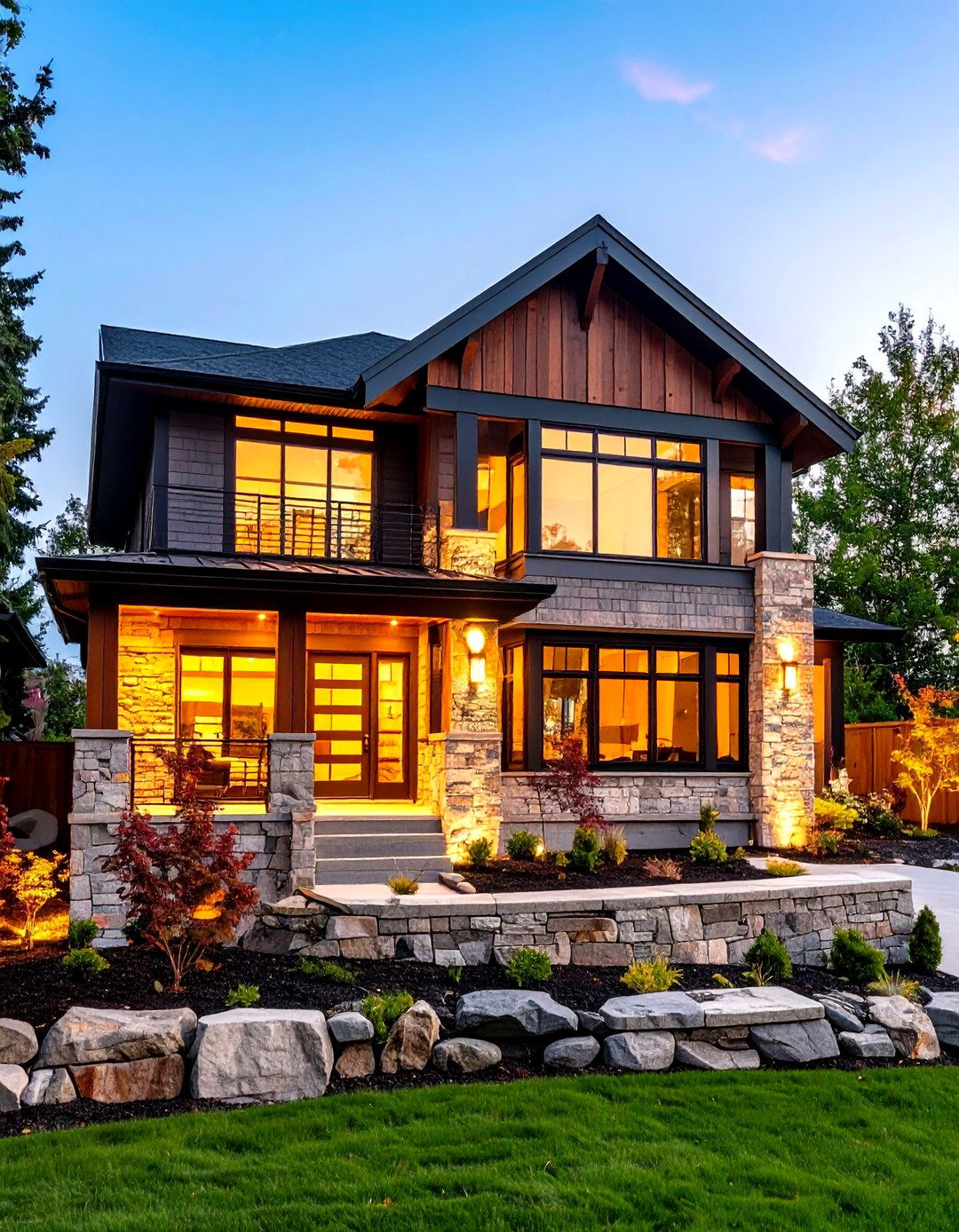
Design trend-spotters predict even more mixed-material façades—think black board-and-batten above pale limestone plinths—to add dimension and break massing. Combine matte paint with honed stone, charred timber, and brushed-steel rails so each surface catches light differently. Where budgets allow, integrate hidden LED grazers at the junctions to dramatize texture after sundown.
17. Eco-Friendly Black Finishes and Low-VOC Formulas
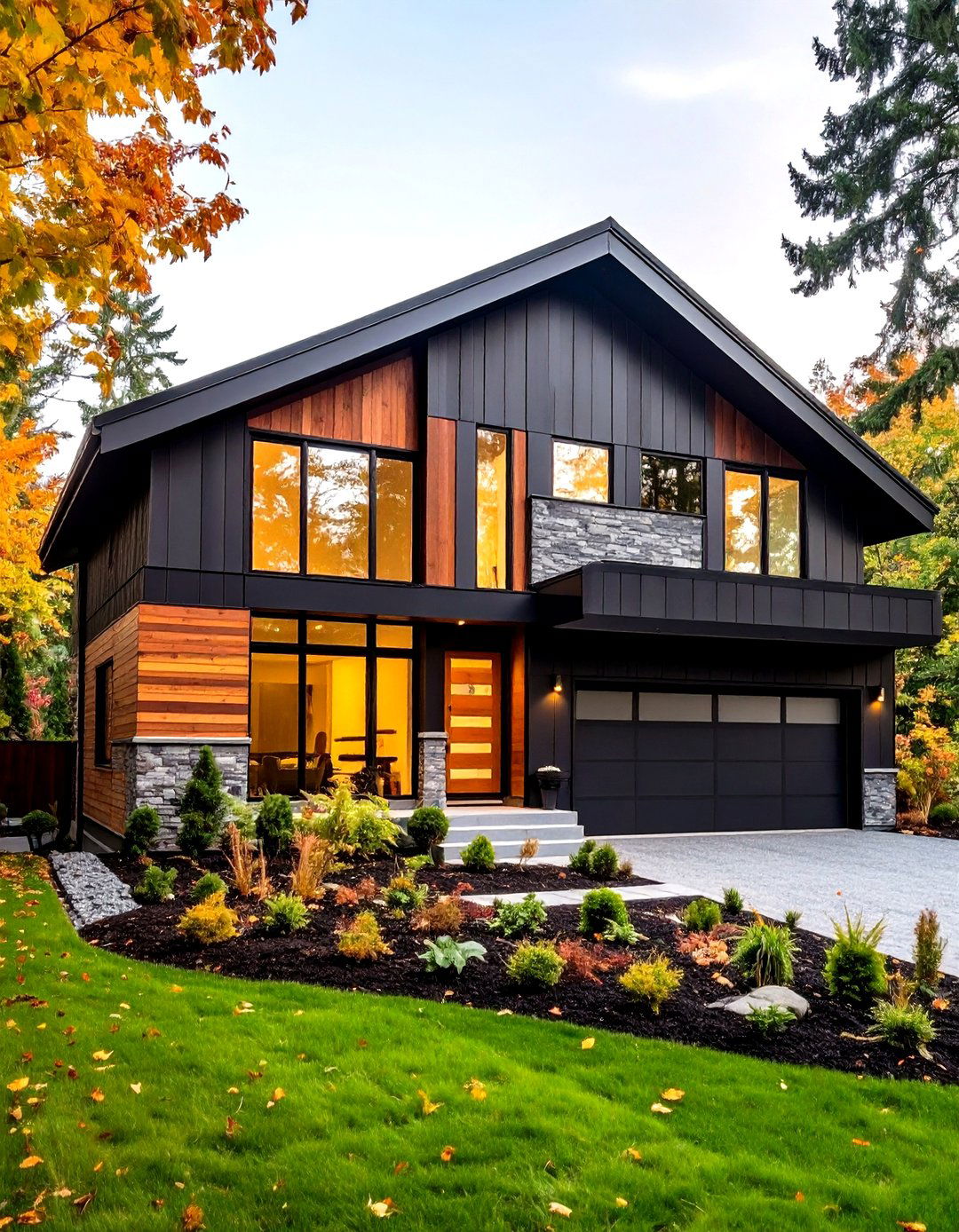
Low-VOC acrylics now deliver rich blacks without high solvent loads, supporting indoor-air quality during application. Many brands incorporate ceramic microspheres to cut dirt pickup, so siding stays cleaner longer. Opt for recycled-content metal siding or FSC-certified wood stains in ebony to marry sustainability with style. Install rain gardens below eaves to filter runoff darkened by pigments.
18. Resale Value Impact of a Black House Exterior

Curb-appeal studies find that striking exteriors, including dark neutrals, spur more showings and can nudge sale prices upward—especially when paired with fresh landscaping and modern lighting. However, regional taste matters; survey neighbors and check local HOA rules before committing. For maximum ROI, refresh walkways and hardware during the paint project so the upgrade looks holistic rather than piecemeal.
19. Sampling and Testing Your Black Exterior Palette
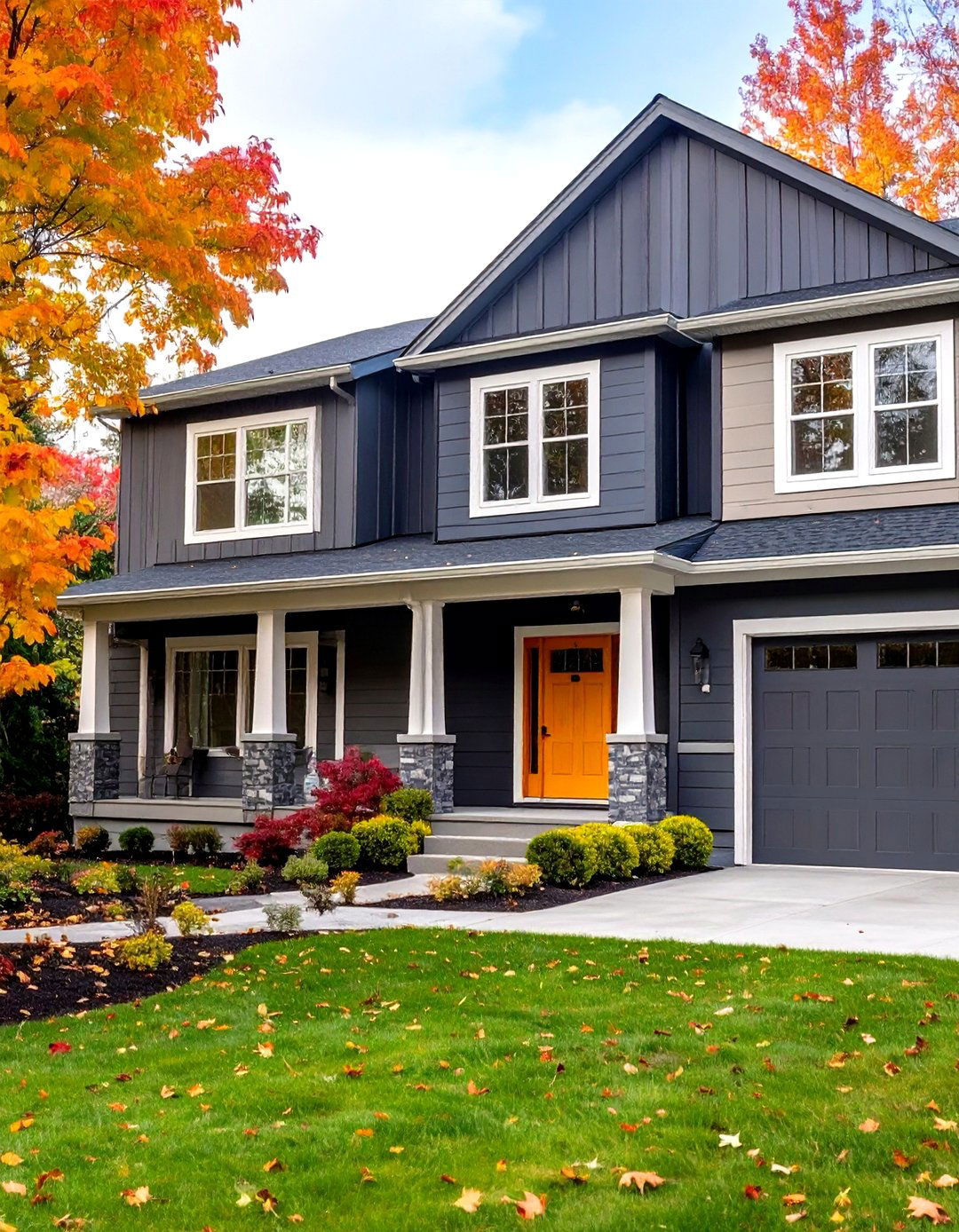
Before ladders go up, brush 2-foot squares of your top three blacks on every elevation, plus trim and door samples, then watch them a full week. Track how rain beads, how sun shifts, and how streetlights alter hue. Use peel-and-stick vinyl swatches on metal or stucco where brushing isn’t possible. Document results with photos and timestamps, then decide by process of elimination.
20. Looking Ahead: Black Exteriors in 2025 and Beyond
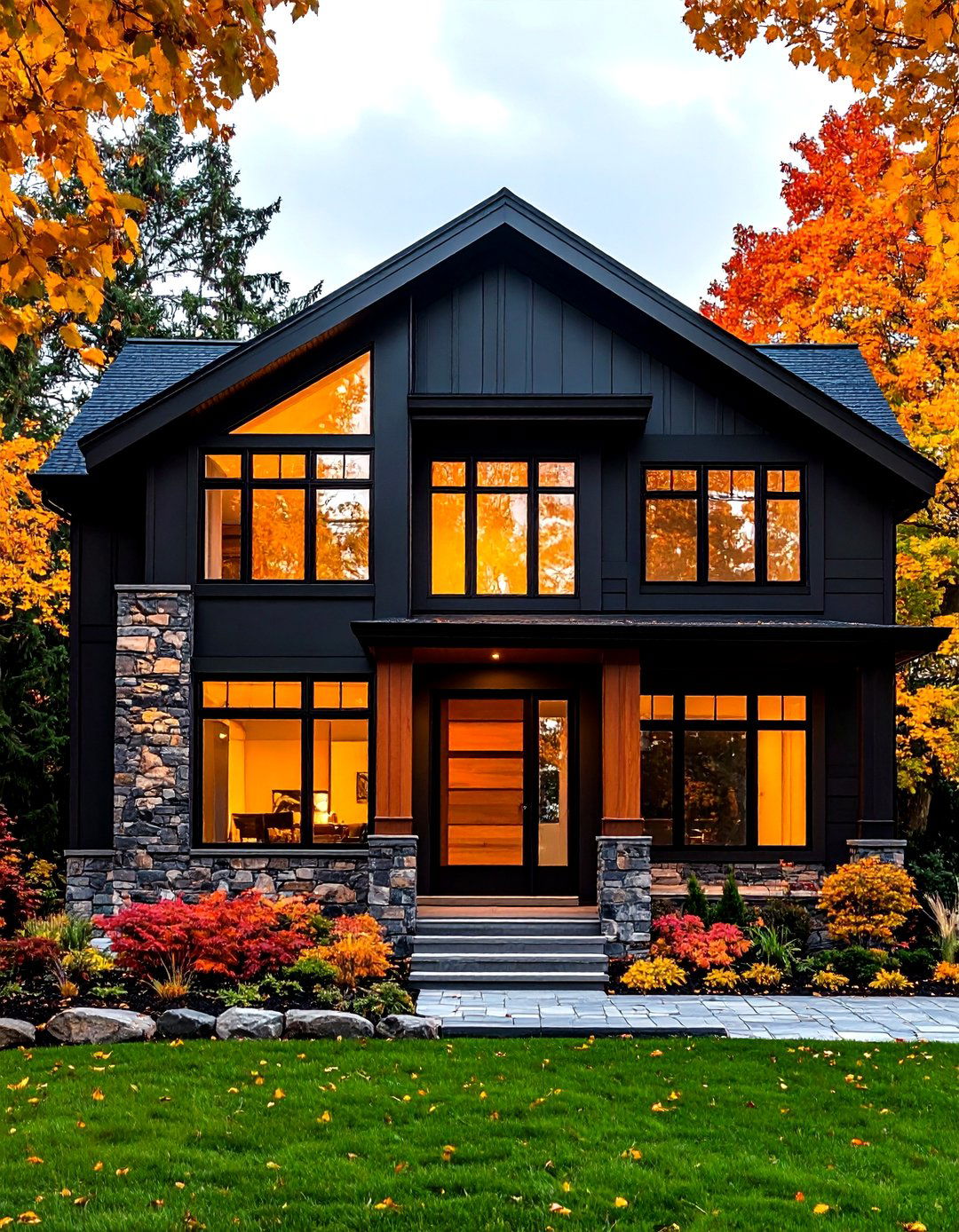
Color-marketing teams forecast dark façades staying strong, but evolving toward layered blacks—charcoal body, soot-black trim, and off-black window sashes—paired with natural stone and copper accents. Expect to see deeper greens and browns joining the mix as homeowners seek nuanced darkness that shifts subtly with the seasons. Invest now in high-quality primers and breathable membranes so your exterior stays flexible and vibrant through future trend cycles.
Conclusion:
Bold yet surprisingly versatile, a black house exterior frames modern minimalism, invigorates historic silhouettes, and amplifies natural textures all at once. Choosing the right undertone, sheen, and material pairing ensures the hue flatters your climate and architecture, while simple maintenance routines keep the façade dramatic for years. Whether you coat an entire farmhouse in satin ebony or simply swap the front door to deep charcoal, the impact on curb appeal, resale interest, and personal satisfaction can be immediate. Use controlled sampling, eco-conscious formulas, and strategic lighting to tailor the darkness to your home’s story—and let the new-found confidence of black invite both admiration and lasting value.


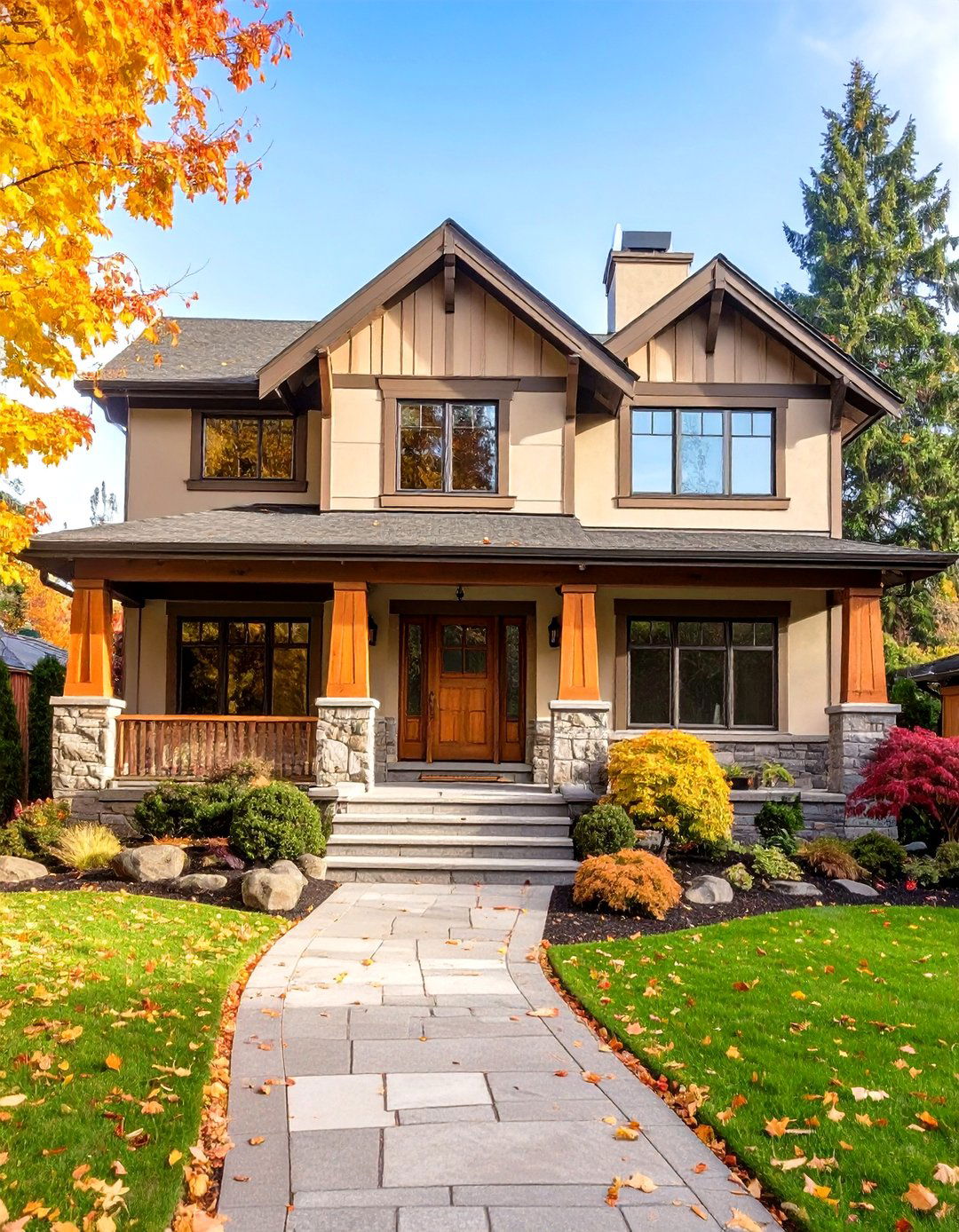
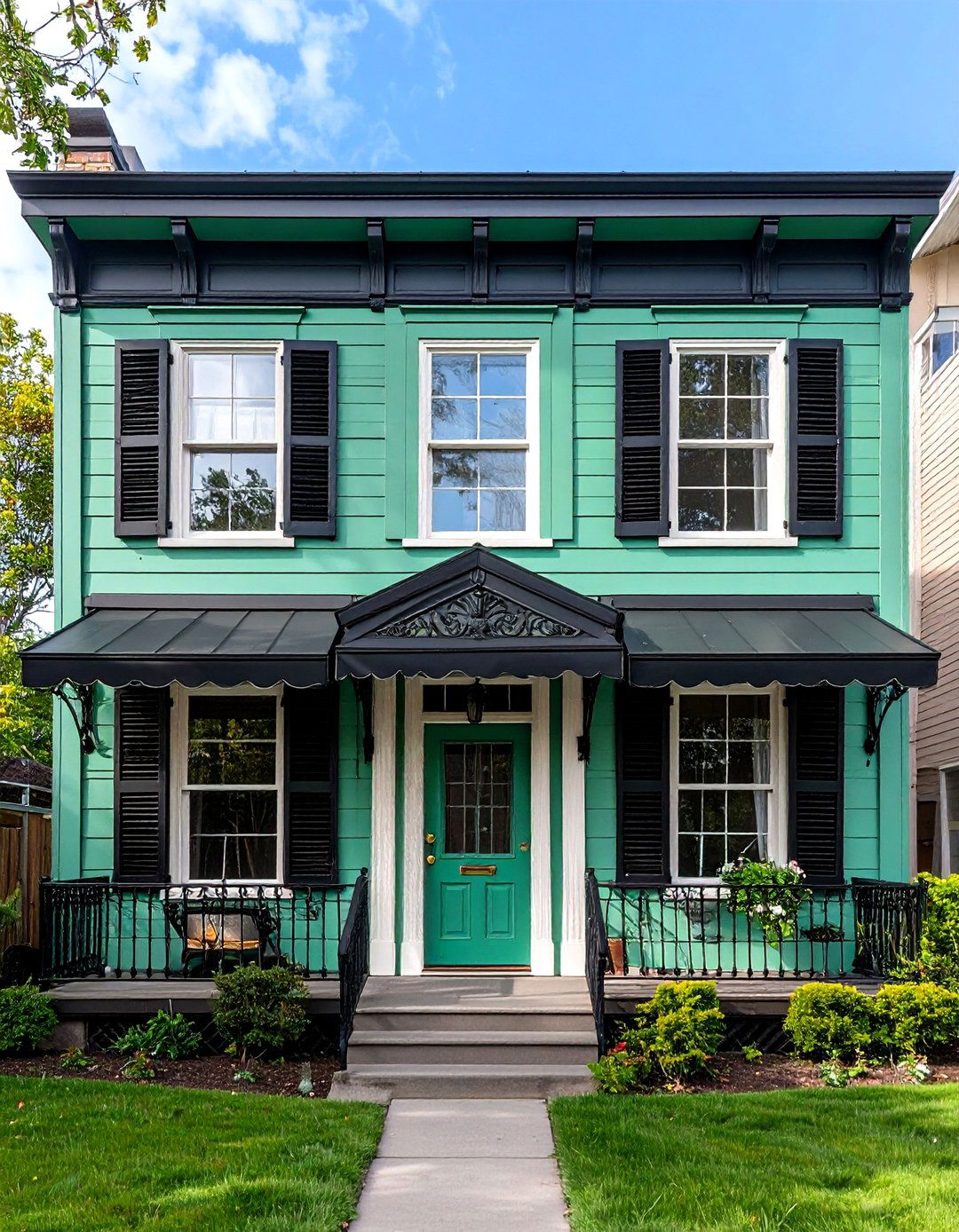

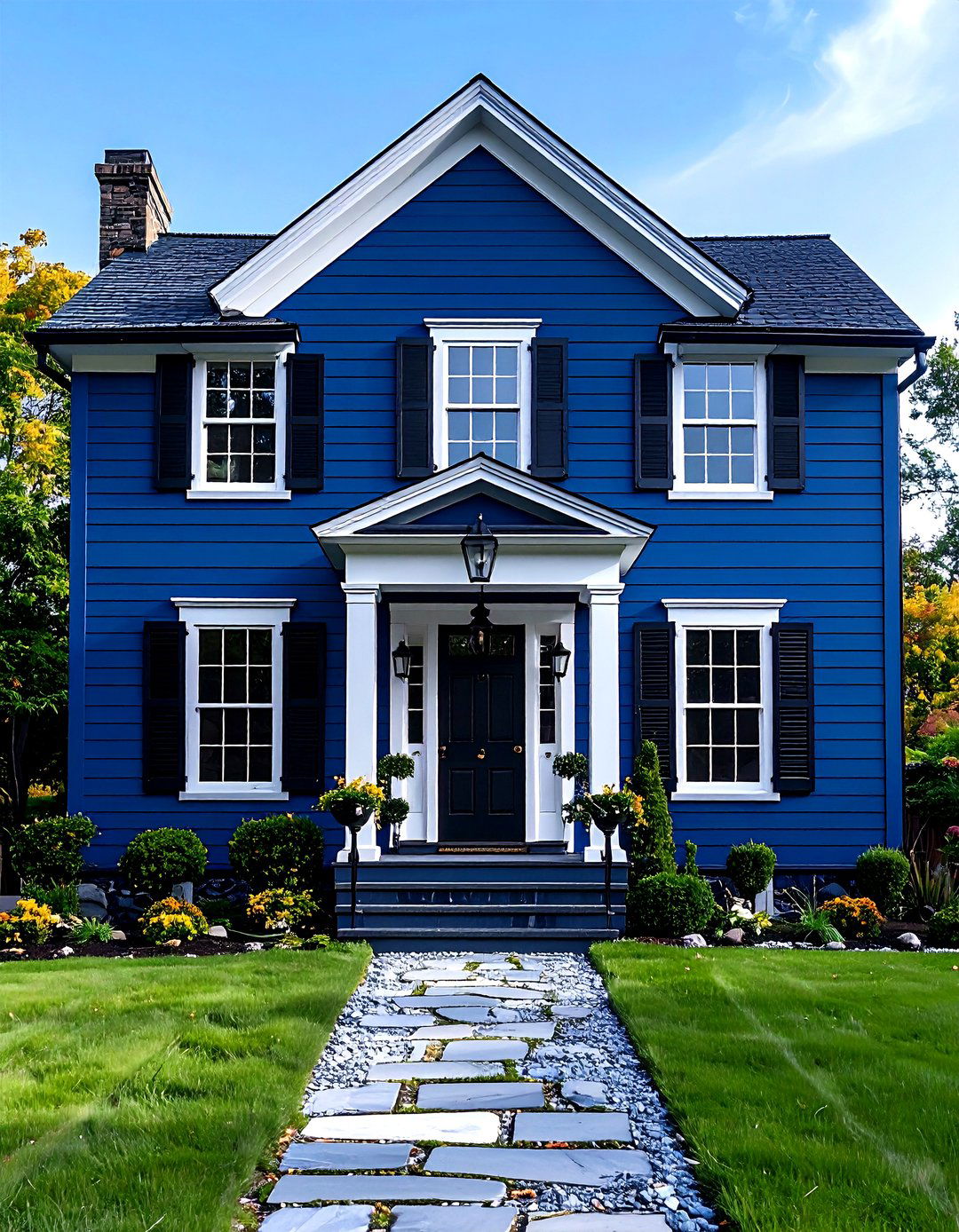

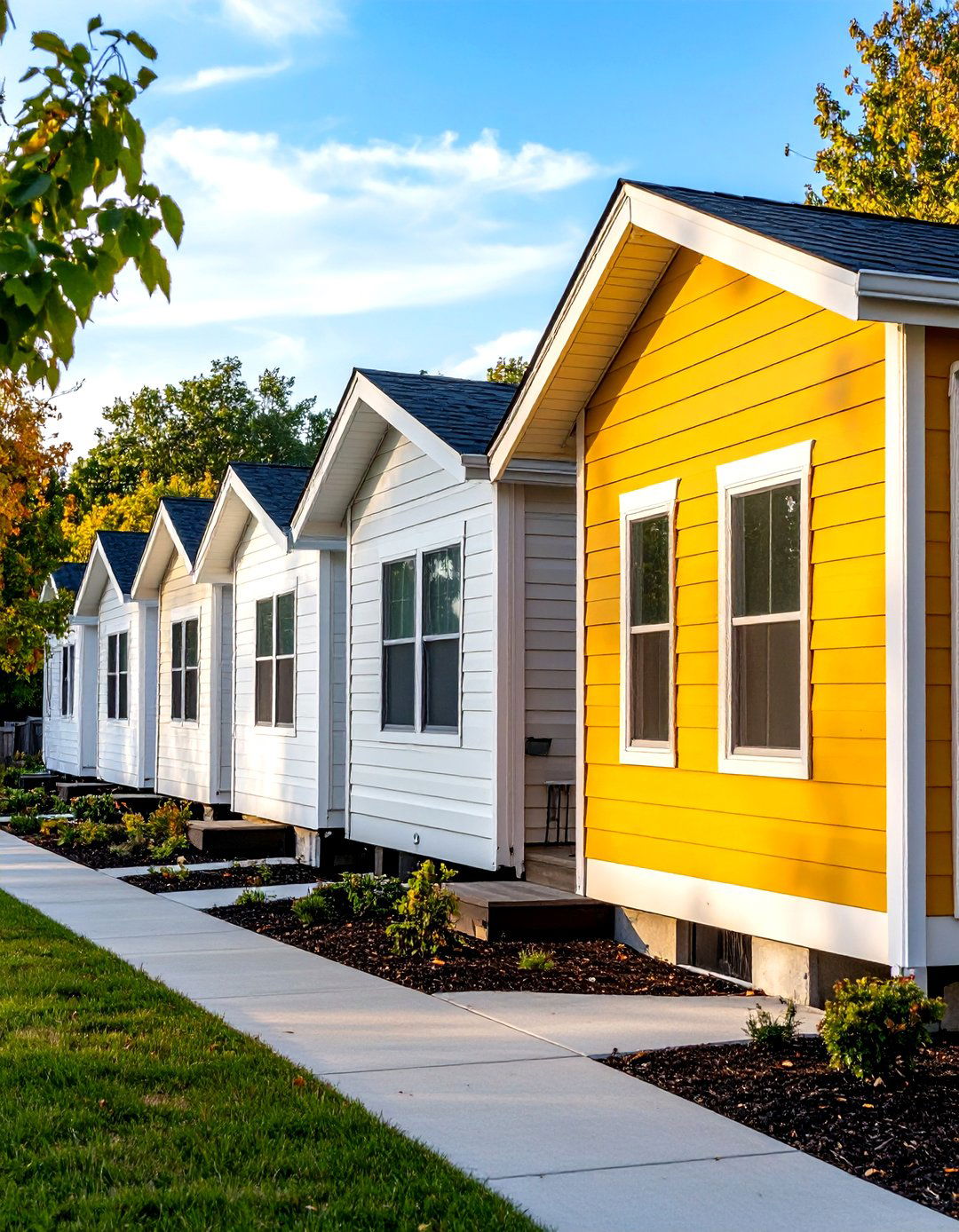

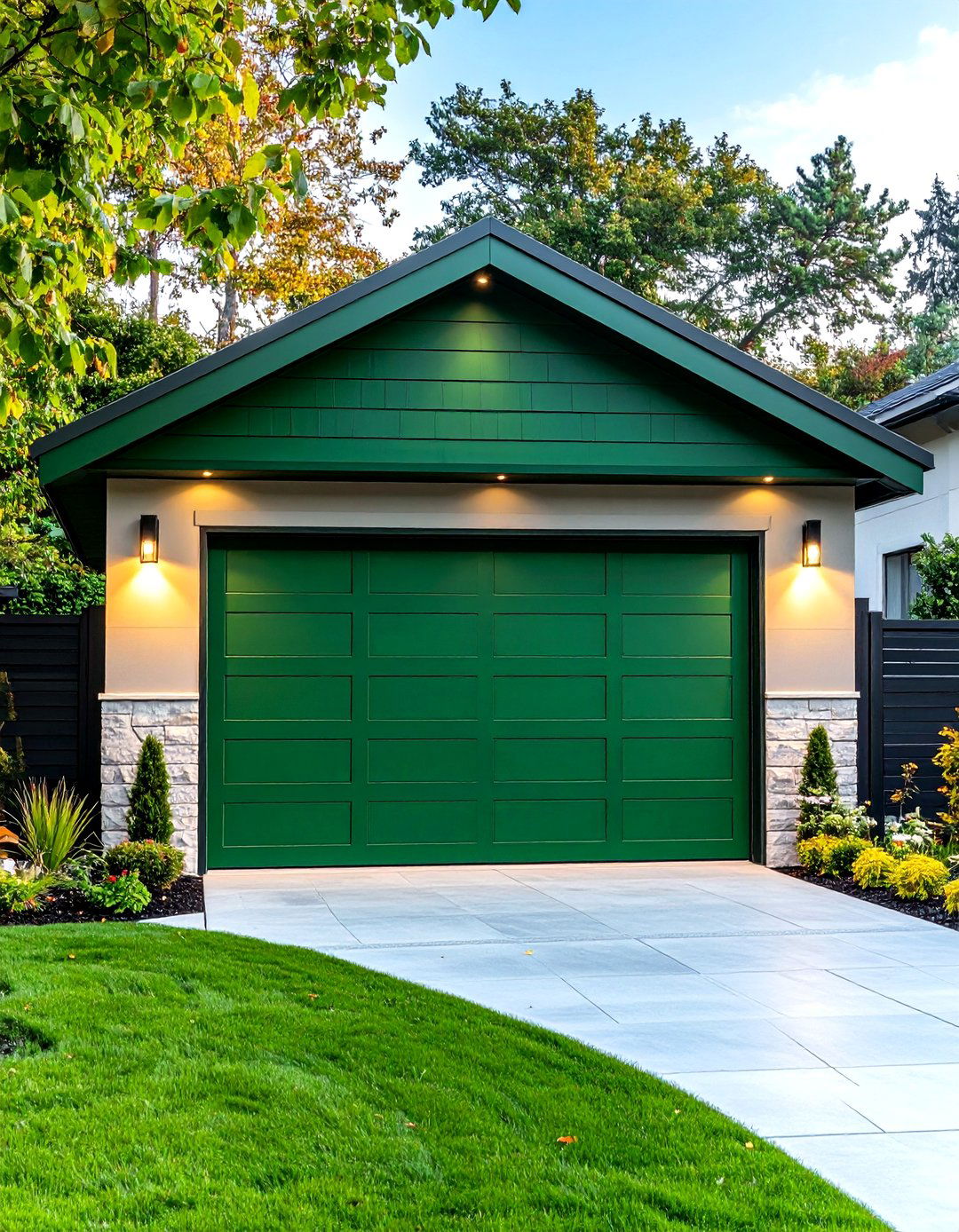
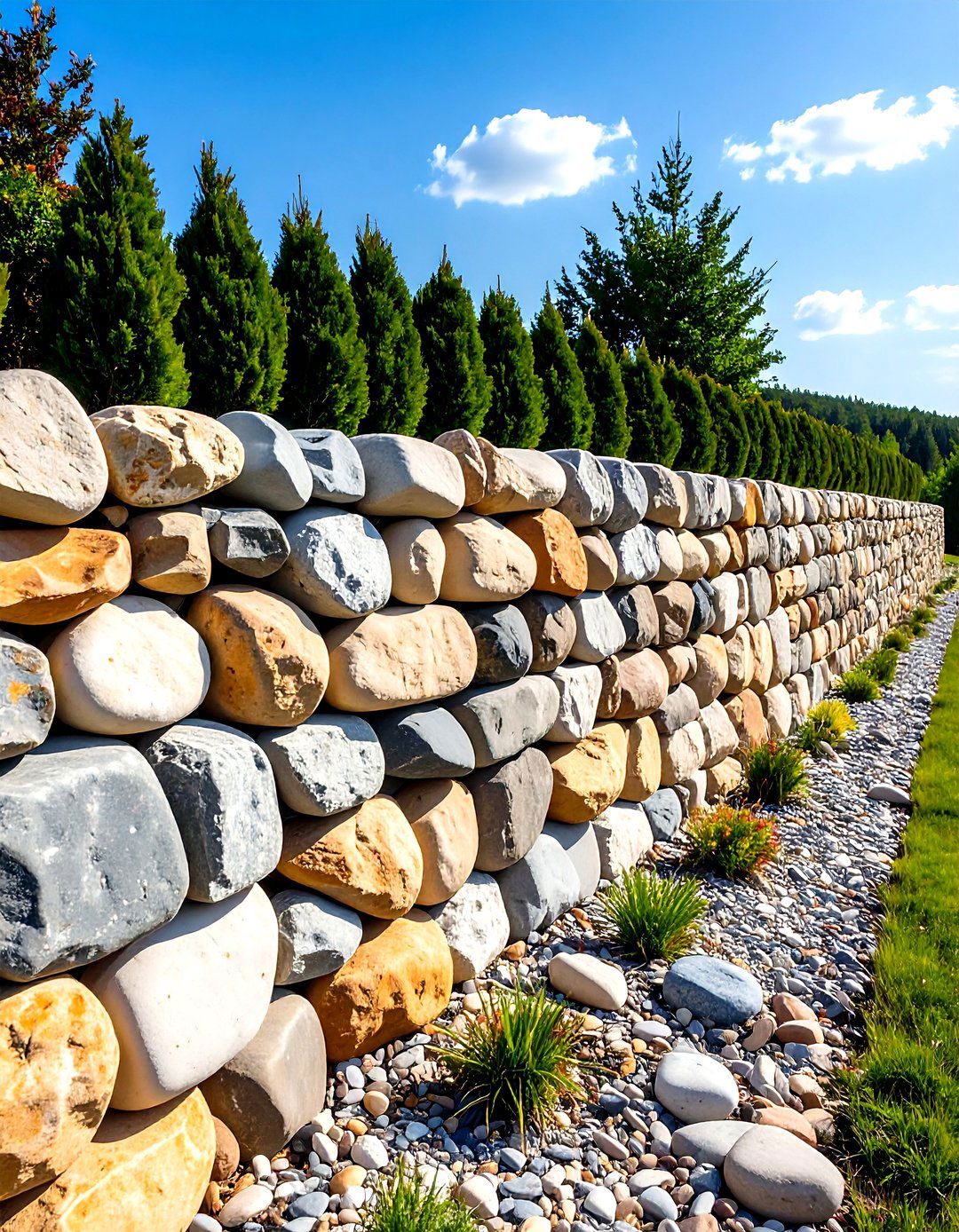
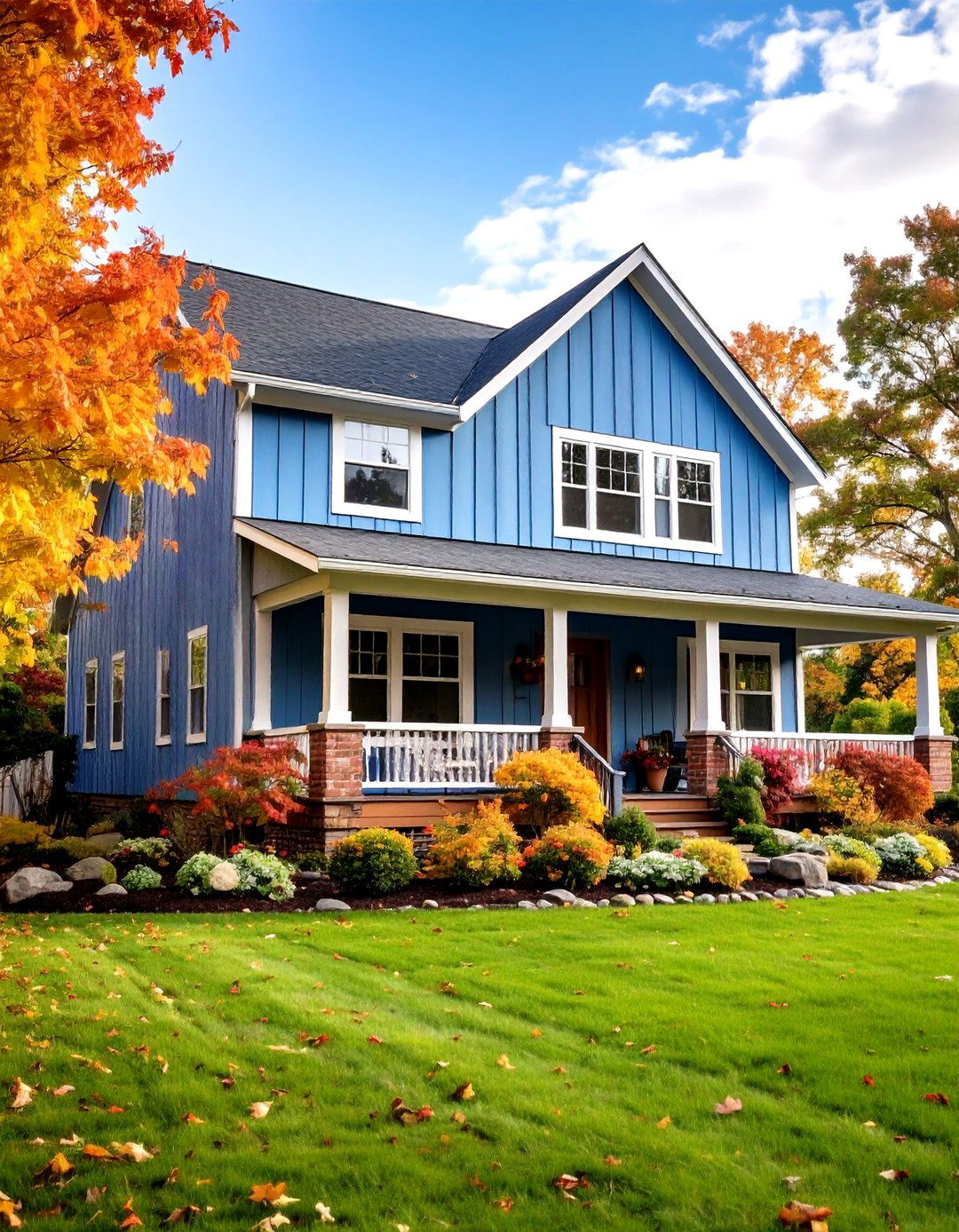
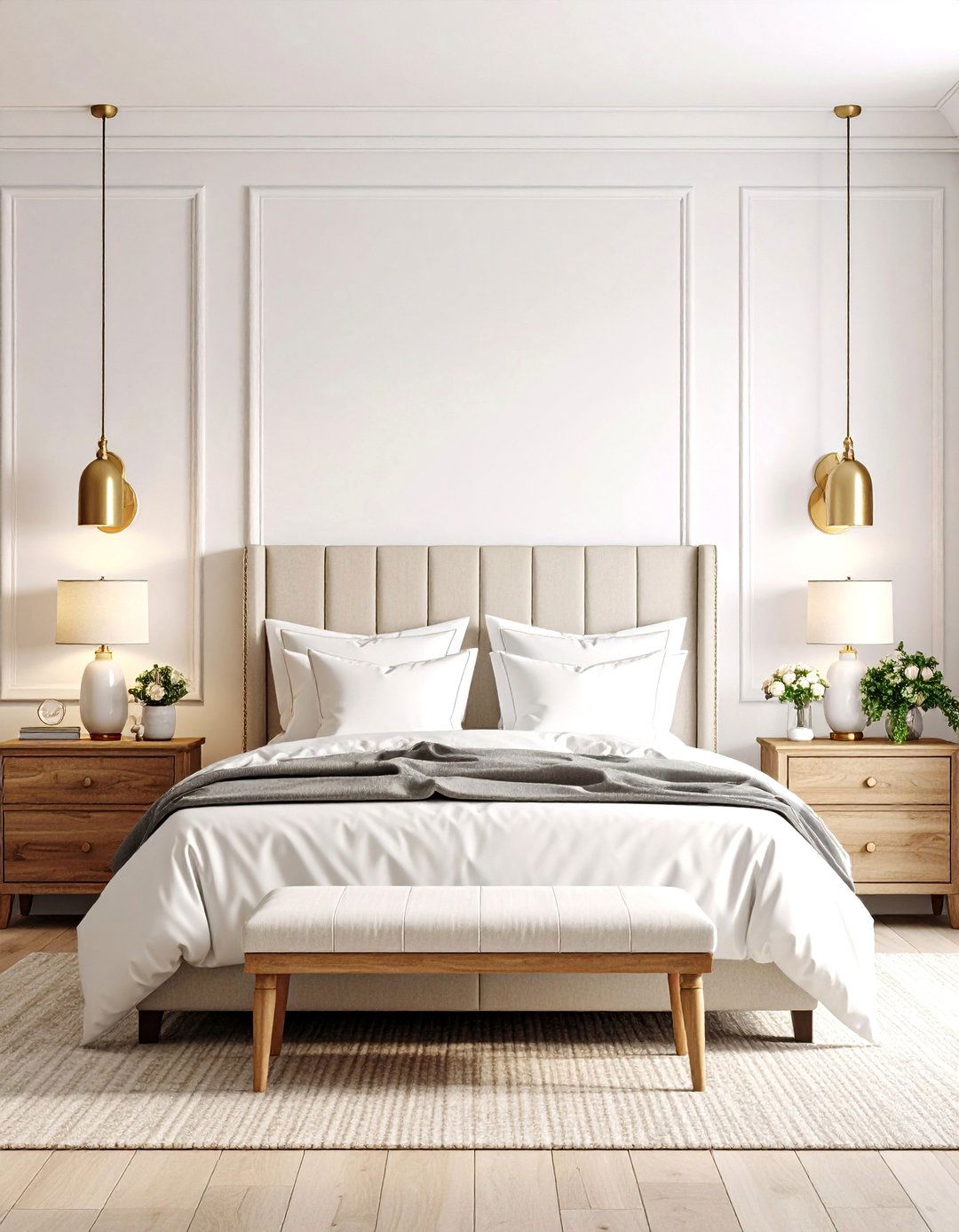
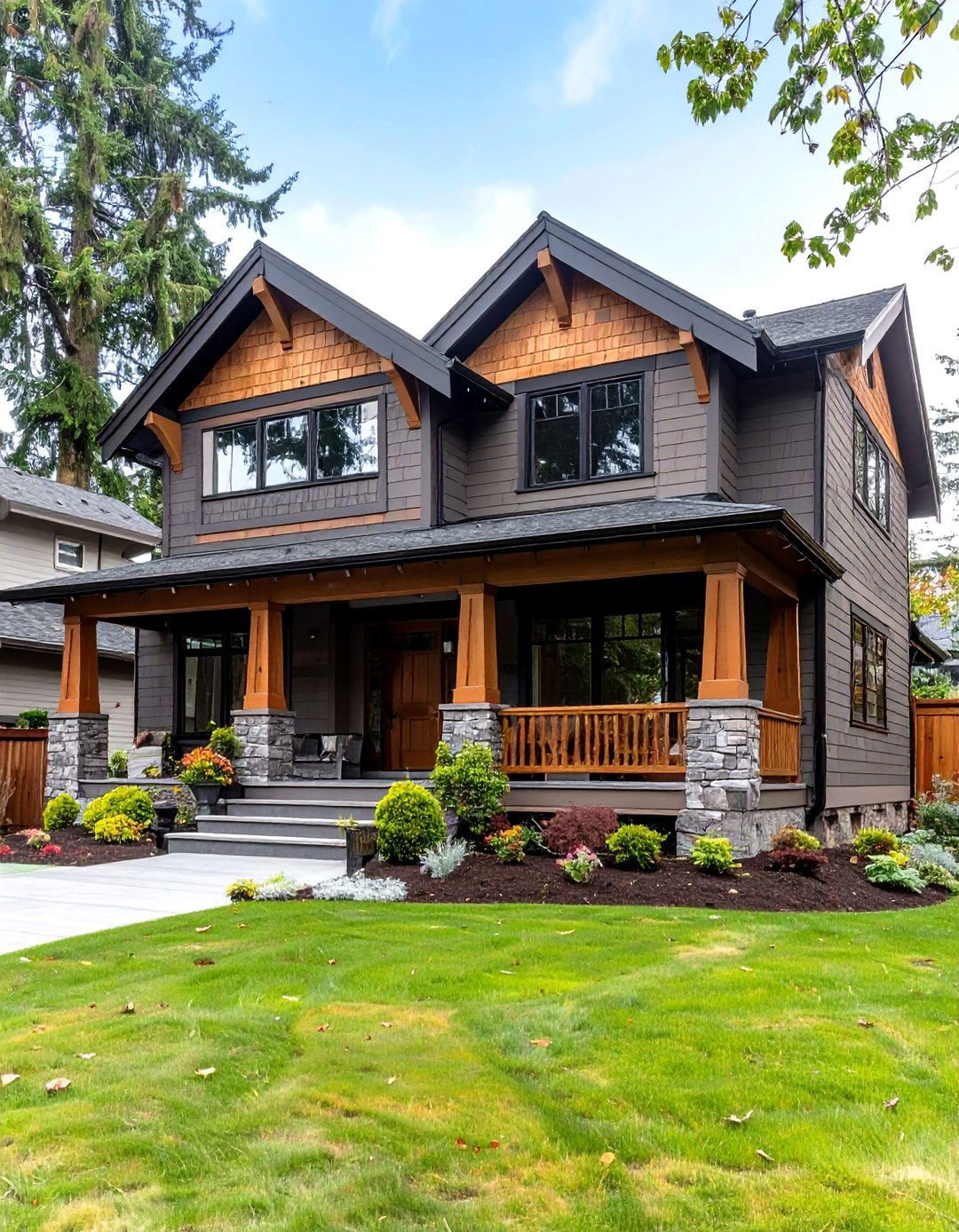
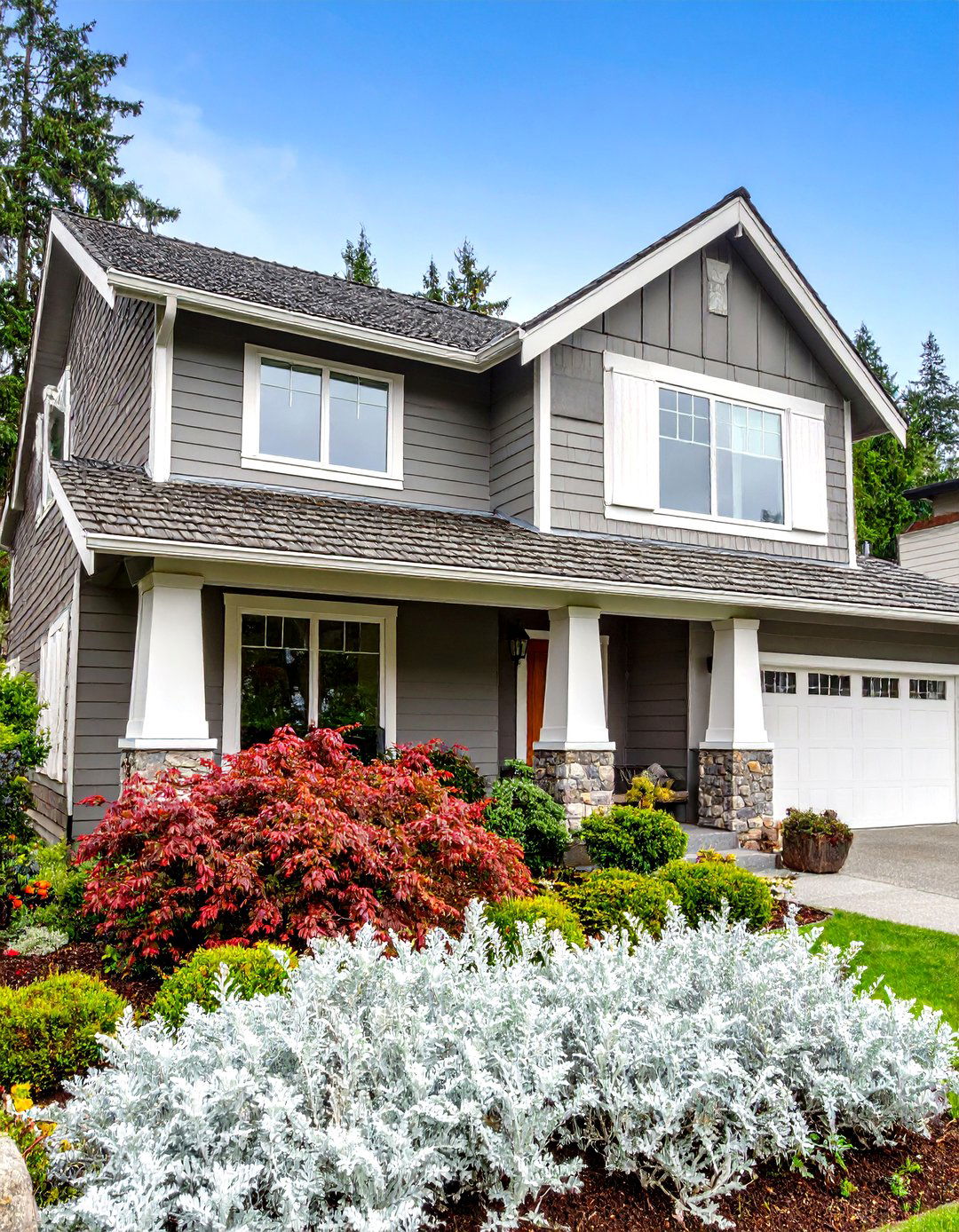
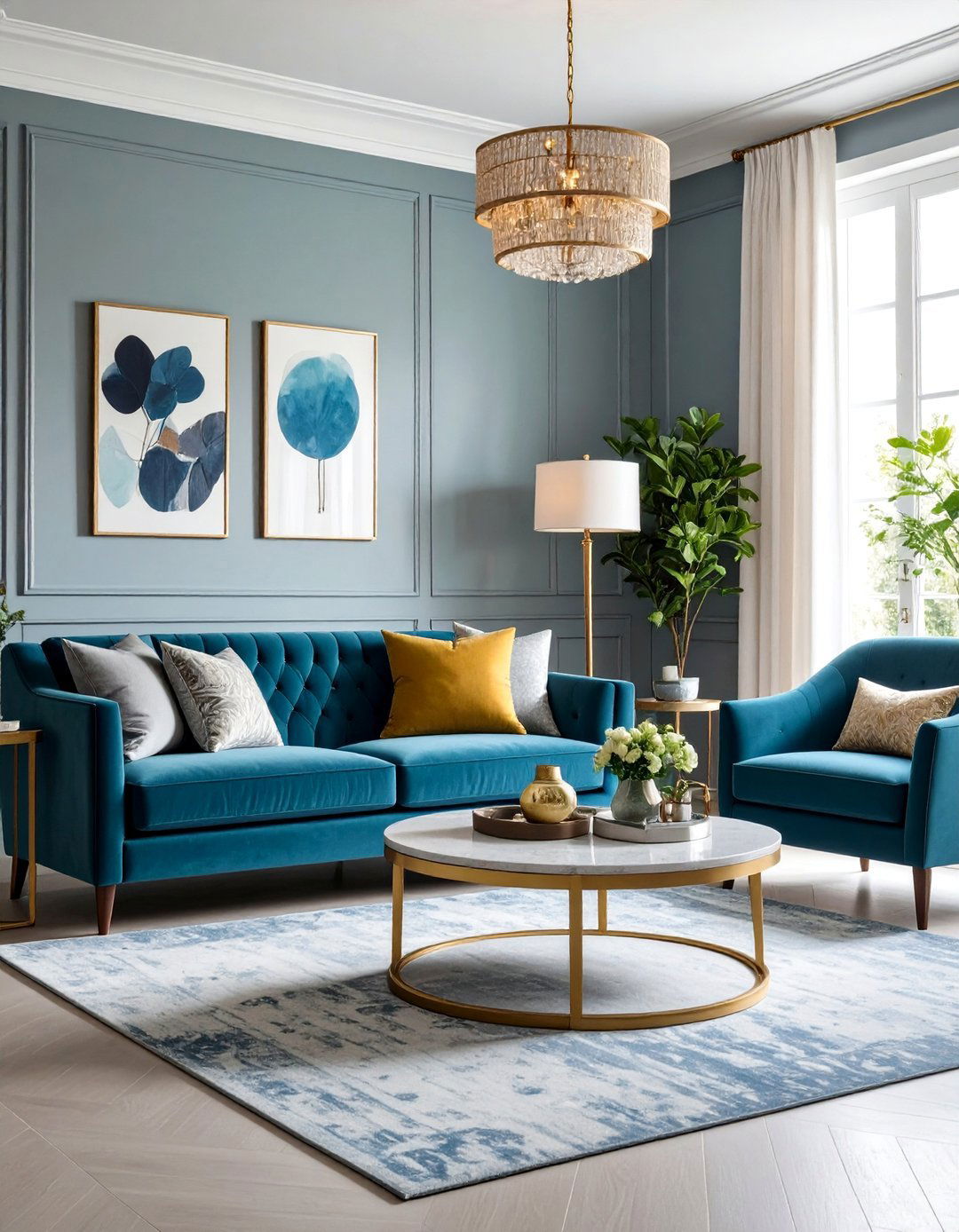
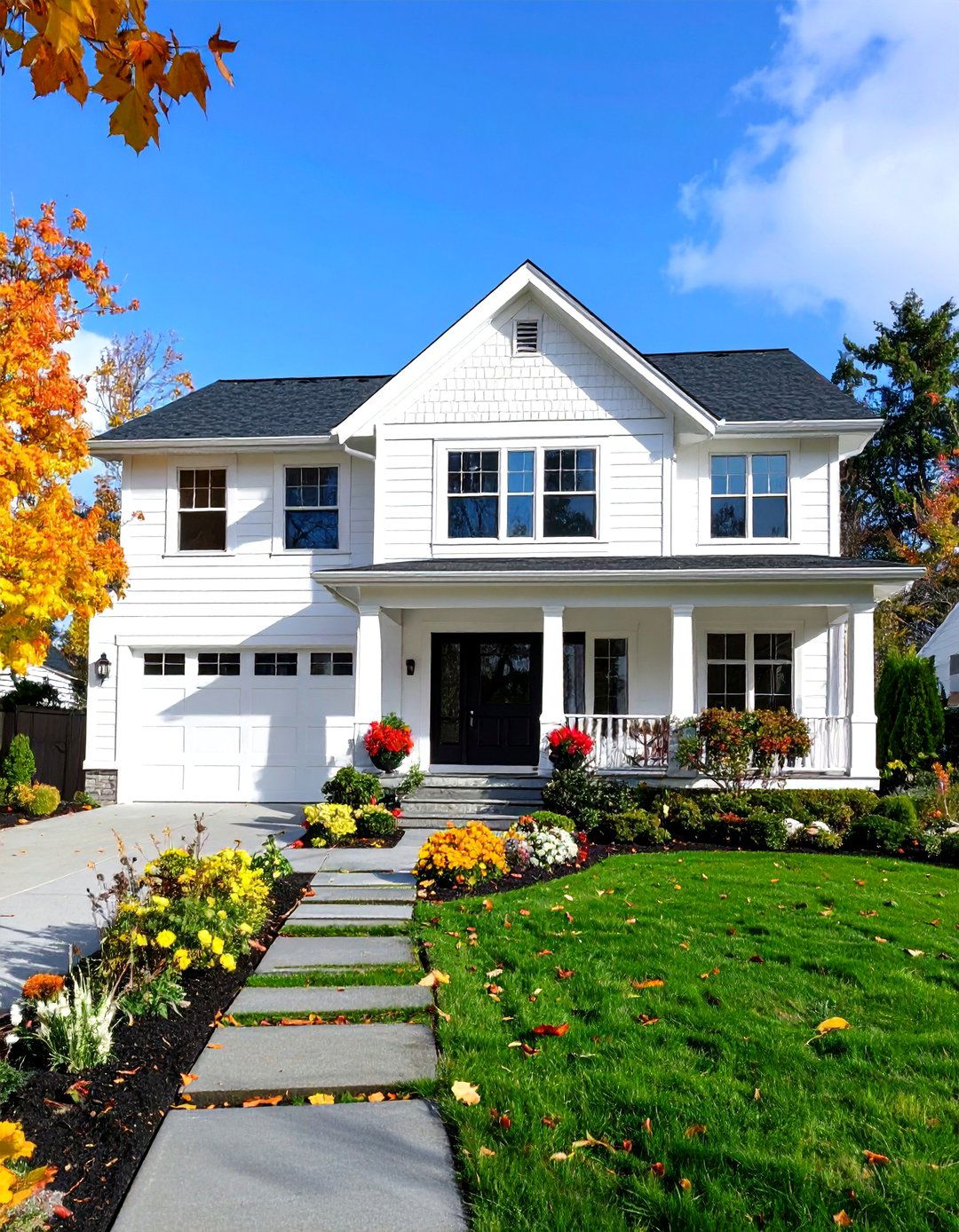
Leave a Reply